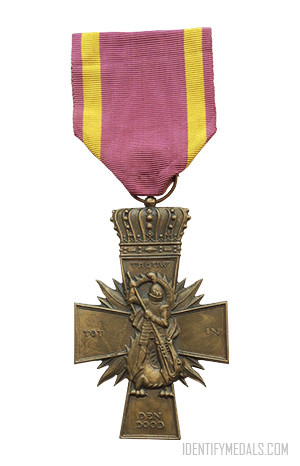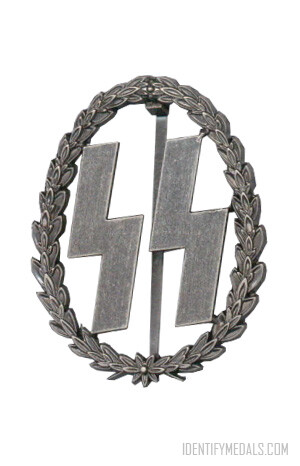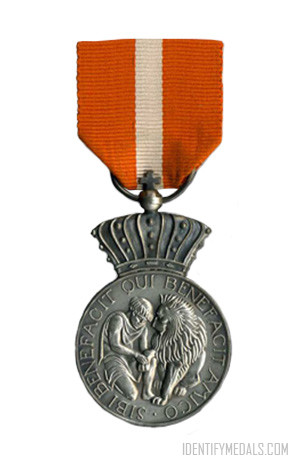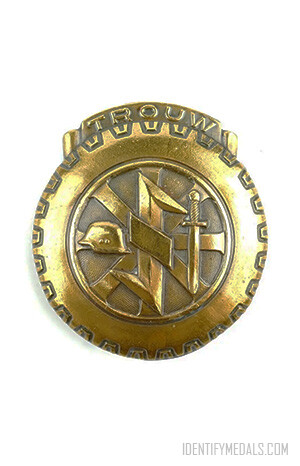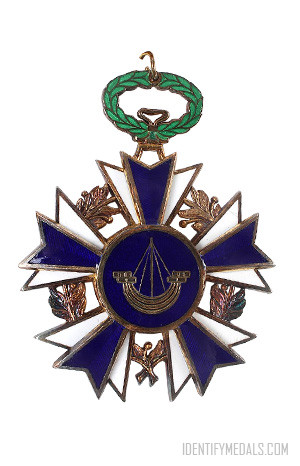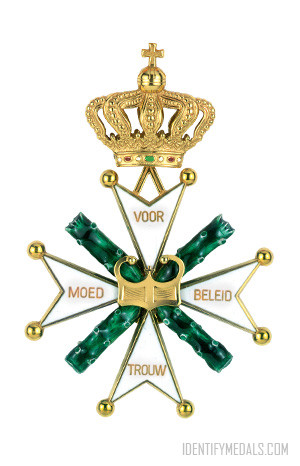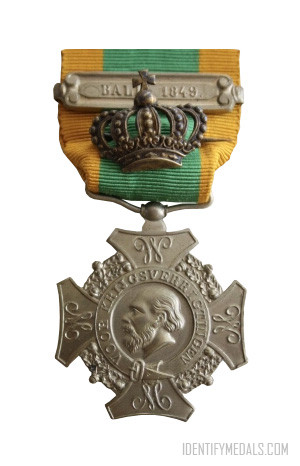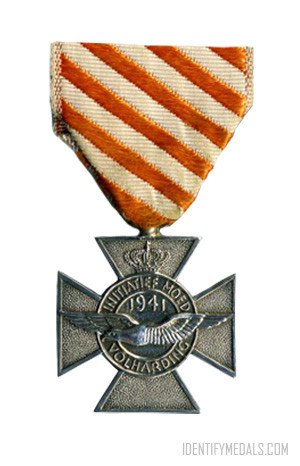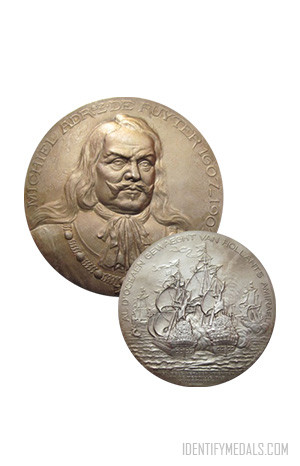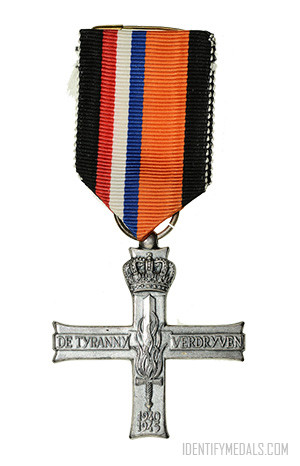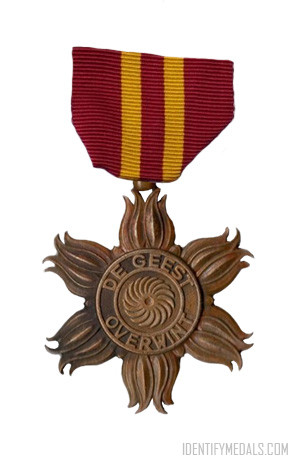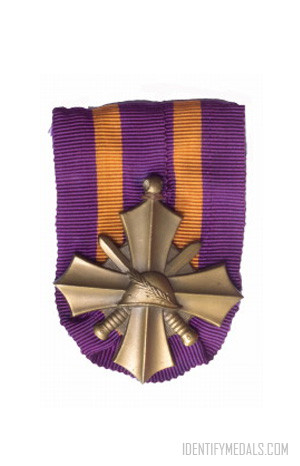- Time Period: World War II
- Institution: 3 May 1946
- Country: Netherlands
The Cross of Resistance 1940-1945 (or Verzetskruis 1940–1945 in Dutch) is the second highest decoration for valor in the Netherlands.
The decoration was awarded for extreme bravery awarded to the Dutch Resistance. The Dutch resistance to the Nazi occupation of the Netherlands during World War II can be mainly characterized as non-violent, and was organized by the Communist Party, churches, and independent groups. A peak of over 300,000 people were hidden from German authorities in the autumn of 1944, tended to by some 60,000 to 200,000 illegal landlords and caretakers, and tolerated knowingly by some one million people, including a few incidental individuals among German occupiers and military.
Dutch counterintelligence, domestic sabotage, and communications networks eventually provided key support to Allied forces, beginning in 1944 and continuing until the Netherlands was fully liberated. A number of resistance groups specialized in saving Jewish children, including the Utrechtse Kindercomité, Landelijke Organisatie voor Hulp aan Onderduikers, Naamloze Vennootschap (NV), and Amsterdam Student Group.
The Cross was awarded 95 times (93 of them posthumously).
The Cross of Resistance Design
By Royal Decree of May 3rd 1946 the Resistance Cross was finally instituted. The formal disruption was: “The Bronze decoration of the Resistance Cross resembled a four armed cross, imbedded on a star of flames and covered with the Royal Crown. On the front one can find St. Joris fighting the dragon. On the arms of the cross are engraved the words ‘Trouw tot in den dood’. On the obverse one can find a flaming sword wit two broken chains“, all according to article 4 of the Royal Decree.
The ribbon is colored in Crimson Red with two golden orange lines.

